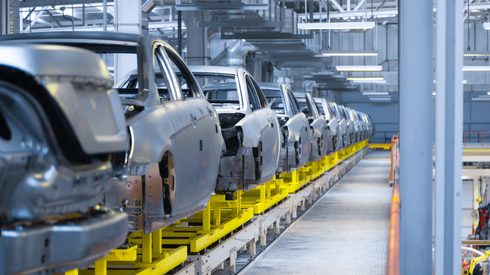Here are the key highlights from panelists Kevin Dempsey, president and chief executive officer of the American Iron and Steel Institute; Randy Charles, founder and CEO of Greenway Steel; and Alesha Alkaff, Fastmarkets’ senior price reporter and US green steel lead.
Missed the webinar and want to catch up? Fill in the form here and you can watch a recording of the discussion.
Green steel push will come from customers
Customers will lead the green steel push, rather than regulation. Dempsey expressed his belief that the incoming second administration of President-elect Donald Trump will likely treat regulations with a light touch, leaving more room for free market exploration of what green steel is — and what the premium for it should be.
Unified definition of green steel isn’t needed
Not everyone defines green steel the same way — and that is OK. Charles said that a unified definition of green steel is not necessary to push the industry forward. Building on Dempsey’s comments, Charles said that customers will ultimately decide what level of green steel works best for their needs. Some may find electric-arc furnace (EAF) production satisfactory. Others will need to meet European requirements to export to that market. And some may eventually require zero-carbon options. But one thing is for sure — tiered pricing will emerge depending on the level of investment and effort needed to create ever-greener steel.
US customers shouldn’t foot bill for global green steel push
Market players are still reluctant to accept premiums for the world’s greenest steel. Alkaff pointed out that there is still some pushback from steel mill customers on accepting a green steel premium. Much of that stems from the US already possessing one of the greenest steel industries in the world due to the 70:30 split between EAF and integrated production. There is also the sense that the rest of the world could be doing more to decarbonize, and it is unfair to ask US customers to foot the bill for a global push.
Green steel revolution still a long time coming
Do not expect the green steel revolution to end anytime soon. Dempsey said that the decades of time and billions in investment that the US steel industry put into developing its scrap and steel industries will continue long into the future. Expect future steel initiatives to reach ever-higher environmental bars.
Too early to predict the direction of the green steel market entirely
Change takes time. All three panelists agreed that the movement is in its earliest days, and it is still a bit early to predict where definitions, premiums and policies may ultimately end up. On a long enough timeline, however, all three also agreed that some form of green steel will emerge as a distinct — and likely distinctly priced — product in the US market.
Fastmarkets carries both a US green steel differential and a US green steel base price.
The topic will be explored further at Fastmarkets’ Circular Steel Summit, slated for January 14-16 in Houston, Texas.
Discover how our suite of green steel prices can support your ‘green’ investment decisions while bringing transparency to the industry. Find out more.






